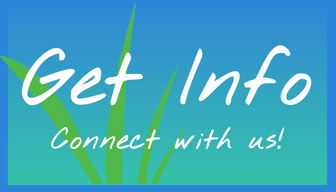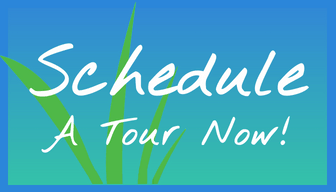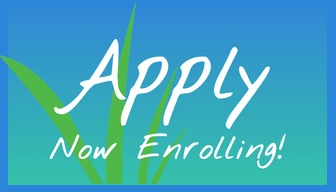by Tracy Walton
She called me about getting massage for her brother. He was in treatment for advanced cancer, and he felt too sick to arrange massage for himself. “What is different about massage for people with cancer?” she asked me. And “How is it different from ‘normal’ massage?”
I hear this question often. It always deserves a thoughtful answer.
My answer touches on a couple of things:
One is the goal of oncology massage. I told the caller that we aim to ease specific cancer symptoms and side effects of treatment, such as pain, anxiety, nausea, and poor sleep. In particular, improving anxiety and sleep helps other problems improve. I told her that I’d want to know her brother’s symptoms and goals for the session. I will ask how he is sleeping. In oncology massage, we go after the “problem list” specific to cancer, and we try to make them better.
We also adapt to the effects of cancer and treatment.
Here, we’re focused on not making things worse. We want to avoid any problems with massage pressure, stroke direction, or joint movement that could aggravate symptoms or injure vulnerable tissue.
Some of these safety precautions are intuitive: if there is bruising, lighten up; if skin is chapped, don’t irritate it.
But not all oncology massage precautions are obvious or intuitive. In fact, some are invisible. Some of our concerns are even more serious 30 years after treatment than they were at the 3-month mark. Lymphedema can be a lifelong risk. Radiation and other treatments can weaken tissue and organ function years later.
As we teach oncology massage, we feel the weight of such concerns. We teach how to interview for them, and how to use the client’s health history to structure the massage in favor of symptom relief.
On the phone with her, I kept it light but truthful: “Here are a few examples. For one, I consider any tumor sites and side effects of treatment. I might need to work more gently or slowly. If lymph nodes have been removed, I might shift the direction and pressure in my work. Even with past treatment, years ago, some effects might linger. So I start by getting a good understanding of my client’s health picture. I take a few minutes at the beginning of the session to ask some questions about treatment and other health conditions. If your brother has had massage before, I would explain how oncology massage and Swedish massage are similar, and how they are a little different. We would go from there.”
That phone call, the intake, and even the massage itself—these things take time to learn and more time to practice.
Then there is Facebook.
On Facebook, interactions are immediate and brief.
In massage therapy groups on social media, we see many therapists posing good questions to their colleagues. Among them, I’ve seen countless requests for how to work with a client in cancer treatment. Well-intentioned questions are followed by well-intentioned answers.
Yet several problems often arise in this forum.
- Answers are often all over the place, with conflicting advice.
- Most answers focus on the massage itself rather than the interview with the client.
And last, but not least, the most frustrating problem:
- Massage guidelines for cancer do not fit into a sound bite.
Cancer is not a single disease.
Instead, the word, “cancer,” describes over 200 different diseases. Along with that, hundreds of different treatments cause many different side effects. Treatments change, and many side effects run in cycles. Each client scenario is unique and it can be different on a different day. Customized care for so many possible client presentations? Impossible to capture in a sound bite, or even a short list.
Instead of something on the fly, most massage therapists tell us they want in-depth understanding. They long for the skills to help more clients with cancer. Many were taught, years ago, that massage was flat-out contraindicated in cancer. To undo this misinformation, they need substance and support. They need to think through actual cases. They need some time and supervision in order to practice their skills.
In response, Cindy Gillan and Nanci Newton are offering “Oncology Massage Therapy: Caring for Clients with Cancer” at FSM May 3-6, 2017. Cindy and Nanci have decades of oncology massage experience behind them and almost as many years of teaching experience. They’ll be joined by Susie Finfrock, an FSM grad who works at Haven Hospice in Gainesville and has her own long history in practice.
Between them, these instructors have hundreds of client stories. In class, they share many of their stories as they help build a solid oncology massage foundation. They create a supportive environment for honing the skills to work safely with people with cancer: The hands-on skills, interview skills, and even skills for that first phone call with a client.
The early registration discount ends soon in March 2017, and the course has begun to fill in response to many requests to hold it in Florida.
Find details and registration information here.
More background about our work here.



